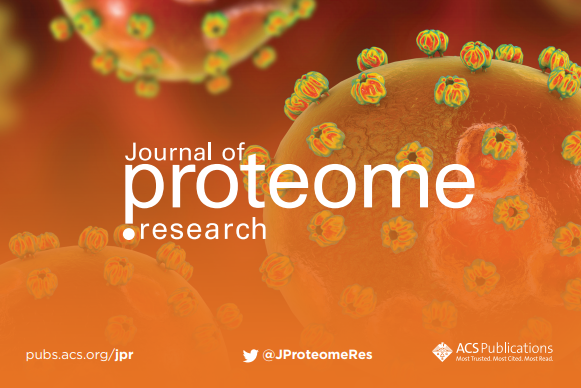The Human Proteome Project continues to make major progress on identifying and characterizing the predicted protein products from all the protein-coding human genes. Using the stringent HPP Guidelines for Interpretation of Mass Spectrometry Data, we have reported that the community has now credibly detected 17,008 of the 19,587 neXtProt PE1,2,3,4 predicted proteins (87%). This curate result in neXtProt version 2017-01 is a substantial increase from one year earlier. That leaves 2579 “missing proteins”. The new Uniqueness Checker from neXtProt facilitates testing novel peptide sequences to see if they each uniquely map to a single predicted protein and qualify as “proteotypic”.
Additional progress was reported in the Dublin HUPO Congress as early results from the Next50 Missing Proteins Challenge for all of the Chromosome-based HPP teams. Particularly notable were the following strategies: (1) focus on testis and sperm, the richest source of tissue-specific transcripts; (2) examine relatively understudied tissues and organs, like bladder and kidney; (3) achieve relative enrichment and equalization of abundance for low-abundance proteins by use of ProteoMiner hexapeptide-coated beads; (4) search GPMdb and PeptideAtlas for “stranded peptides” and then match their spectra to spectra of corresponding peptide sequences in the SRM Atlas (Kusebauch et al, Cell 2016); and (5) perform extensive biological, immunochemical, and siRNA studies on targeted proteins, like the differentiation of TBL1Y from TBL1X in gender-associated differentiation of cardiac myocytes. At least 73 additional missing proteins were brought forward from these studies.
The Chromosome-centric HPP has launched a companion initiative to seek functional annotation of the 1232 PE1 proteins which currently have no such annotation. Meanwhile, the Biology and Disease-driven HPP teams are applying the popular proteins/targeted analysis strategy to liver, heart, and other organ-specific proteomes. And the MS Resource Pillar has developed a standard sample with 96 phospho-peptides made available to labs everywhere to facilitate progress on post-translational modifications, starting with phosphorylated sites.
A total of 26 papers have appeared on line from the Journal of Proteome Research and will appear in the December 2017 hard-copy issue of the journal as the 5th annual special issue of the HUPO Human Proteome Project.
Gilbert S. Omenn, MD, PhD, HPP Chair


.png)